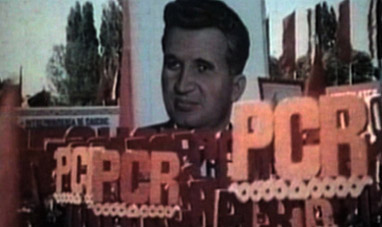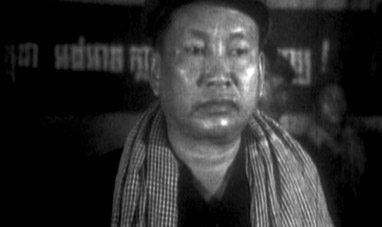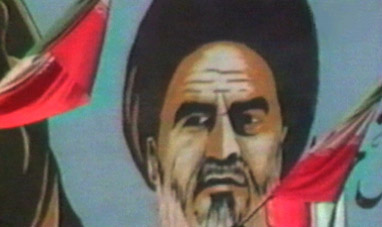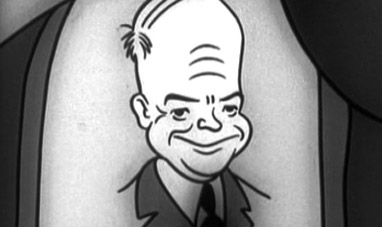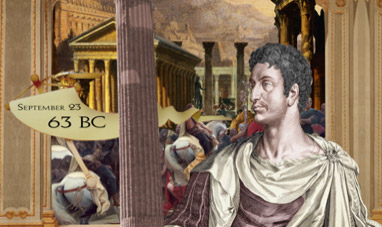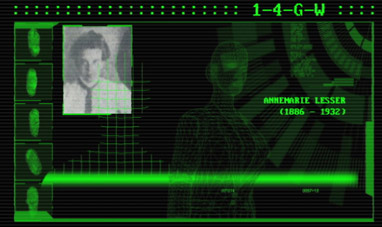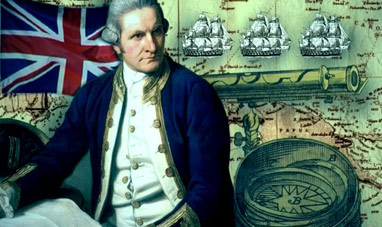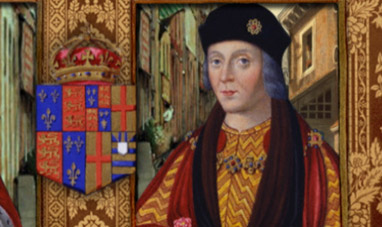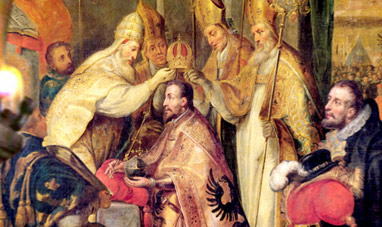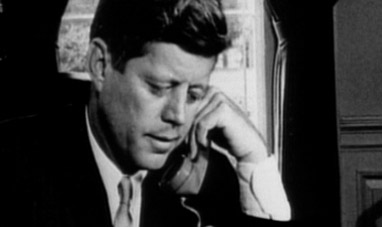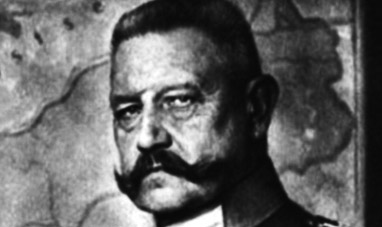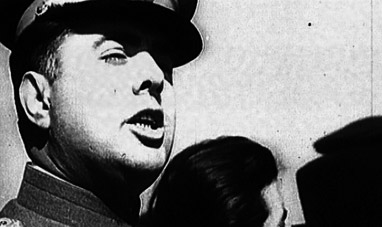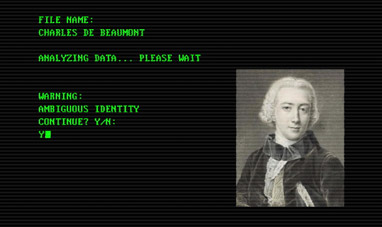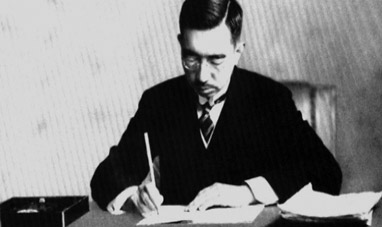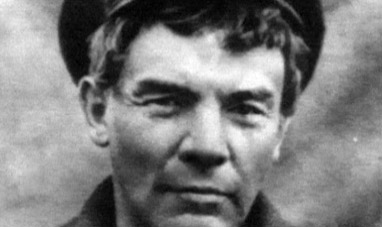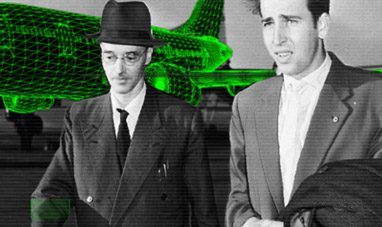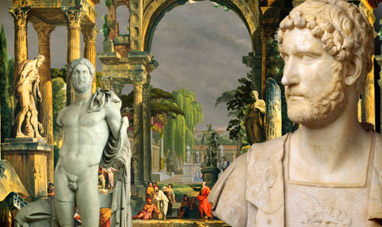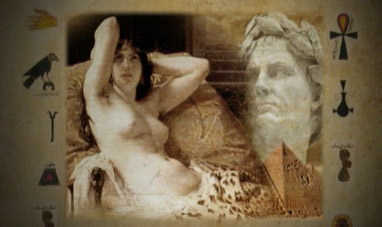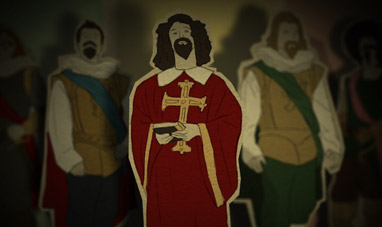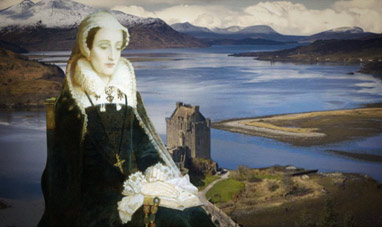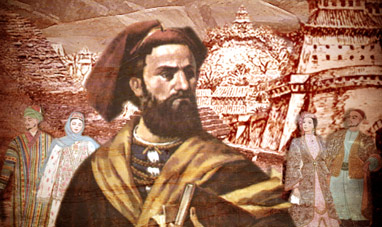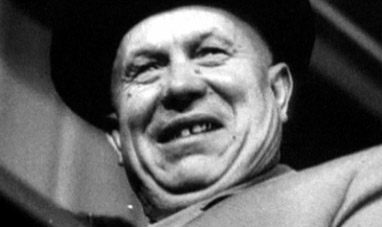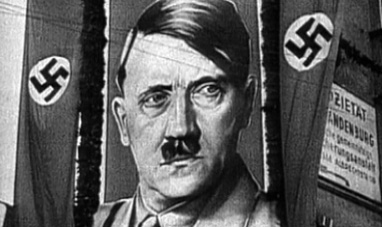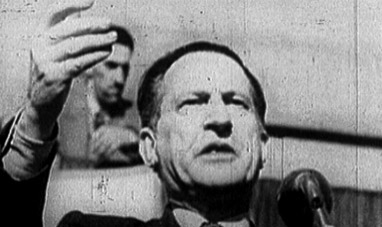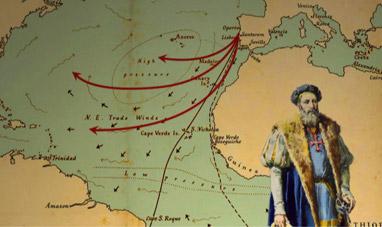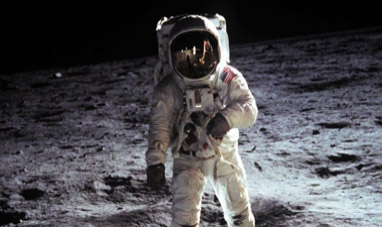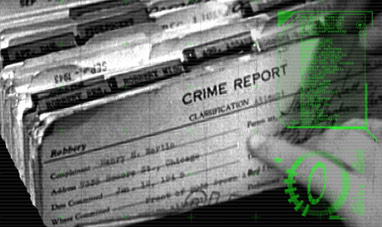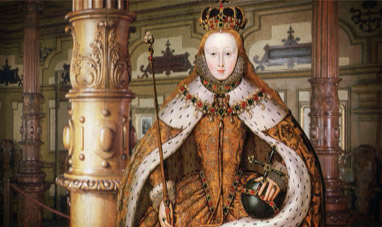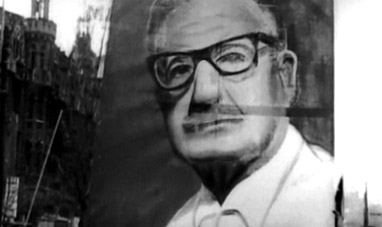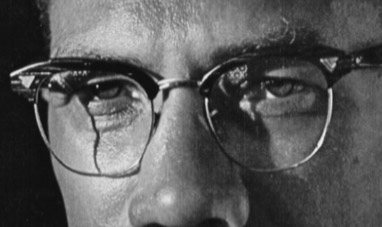“There was one world; there are two, the man said, and so it was!” This inscription is on a plaque on the front of what is thought to be Christopher Columbus’s birthplace in Cogoleto, near Genoa, where the navigator and explorer universally known as the discoverer of the Americas was born in 1451. Christopher was the eldest of four children born to Susanna Fontanarossa and merchant Domenico Columbus. Little is known of his early years, and some even doubt his Italian origins, claiming he was born in Spain or Portugal. But there is no doubt that he began to sail at a very young age. Columbus visited ports in Chios, Guinea, Madeira, and may even have sailed as far as Iceland. But in 1479 he chose to live in Lisbon, where he moved in with his brother, the cartographer Bartholomew.
He married Felipa Moniz Perestrello, daughter of the governor of the Azores. She soon gave birth to Columbus’ first son Diego. Columbus was already an expert navigator by the time he read The Travels of Marco Polo and was already familiar with the winds of the Atlantic when he began to consider sailing to China from the West. Columbus made calculations to prepare for the voyage, but they proved wrong. He thought the earth’s diameter was only one-fourth its actual length. Convinced that Asia extended much farther to the East, he decided to reach India by sailing West. In 1484 Columbus asked John II of Portugal to finance his oceanic voyage, but the king refused. Shortly thereafter, Columbus’s wife died, and he chose to leave Portugal and move to Spain, where he proposed the same project to Spain’s Catholic monarchs. After refusing more than once, they ultimately agreed to finance the expedition in 1492 in an attempt to extend their colonial interests overseas.
Three ships were prepared in Palos: the Niña, the Pinta, and the Santa Maria, as well as a crew of roughly 90 sailors. Columbus boarded the flagship, the Santa Maria. The other two vessels were captained by the Pinzòn brothers. “We set sail on Friday, August 3 1492, at eight o’clock, departing from the bar of Saltes…” The historic voyage had begun. After stopping briefly at the Canary Islands and sailing the open seas for 31 days, on October 12, 1492 the ships found land. Columbus thought he had reached Asia, but he was actually exploring San Salvador, Cuba and Haiti. He made a triumphant return to Spain, bringing back a number of natives as proof of the new lands he’d discovered. He would later organize three other, less successful expeditions to the Americas in 1493 and 1498.
In 1500, he was arrested in the colony of Santo Domingo. Columbus was accused of inciting a revolt among colonists on the island, where he had been made governor following its discovery. He was freed thanks to Queen Isabella’s intervention. In 1503, Columbus went to Panama and Jamaica. Christopher Columbus died in 1506, in Valladolid, Spain, with the certainty of having discovered corn. He never knew that he had also discovered the New World.
He married Felipa Moniz Perestrello, daughter of the governor of the Azores. She soon gave birth to Columbus’ first son Diego. Columbus was already an expert navigator by the time he read The Travels of Marco Polo and was already familiar with the winds of the Atlantic when he began to consider sailing to China from the West. Columbus made calculations to prepare for the voyage, but they proved wrong. He thought the earth’s diameter was only one-fourth its actual length. Convinced that Asia extended much farther to the East, he decided to reach India by sailing West. In 1484 Columbus asked John II of Portugal to finance his oceanic voyage, but the king refused. Shortly thereafter, Columbus’s wife died, and he chose to leave Portugal and move to Spain, where he proposed the same project to Spain’s Catholic monarchs. After refusing more than once, they ultimately agreed to finance the expedition in 1492 in an attempt to extend their colonial interests overseas.
Three ships were prepared in Palos: the Niña, the Pinta, and the Santa Maria, as well as a crew of roughly 90 sailors. Columbus boarded the flagship, the Santa Maria. The other two vessels were captained by the Pinzòn brothers. “We set sail on Friday, August 3 1492, at eight o’clock, departing from the bar of Saltes…” The historic voyage had begun. After stopping briefly at the Canary Islands and sailing the open seas for 31 days, on October 12, 1492 the ships found land. Columbus thought he had reached Asia, but he was actually exploring San Salvador, Cuba and Haiti. He made a triumphant return to Spain, bringing back a number of natives as proof of the new lands he’d discovered. He would later organize three other, less successful expeditions to the Americas in 1493 and 1498.
In 1500, he was arrested in the colony of Santo Domingo. Columbus was accused of inciting a revolt among colonists on the island, where he had been made governor following its discovery. He was freed thanks to Queen Isabella’s intervention. In 1503, Columbus went to Panama and Jamaica. Christopher Columbus died in 1506, in Valladolid, Spain, with the certainty of having discovered corn. He never knew that he had also discovered the New World.



